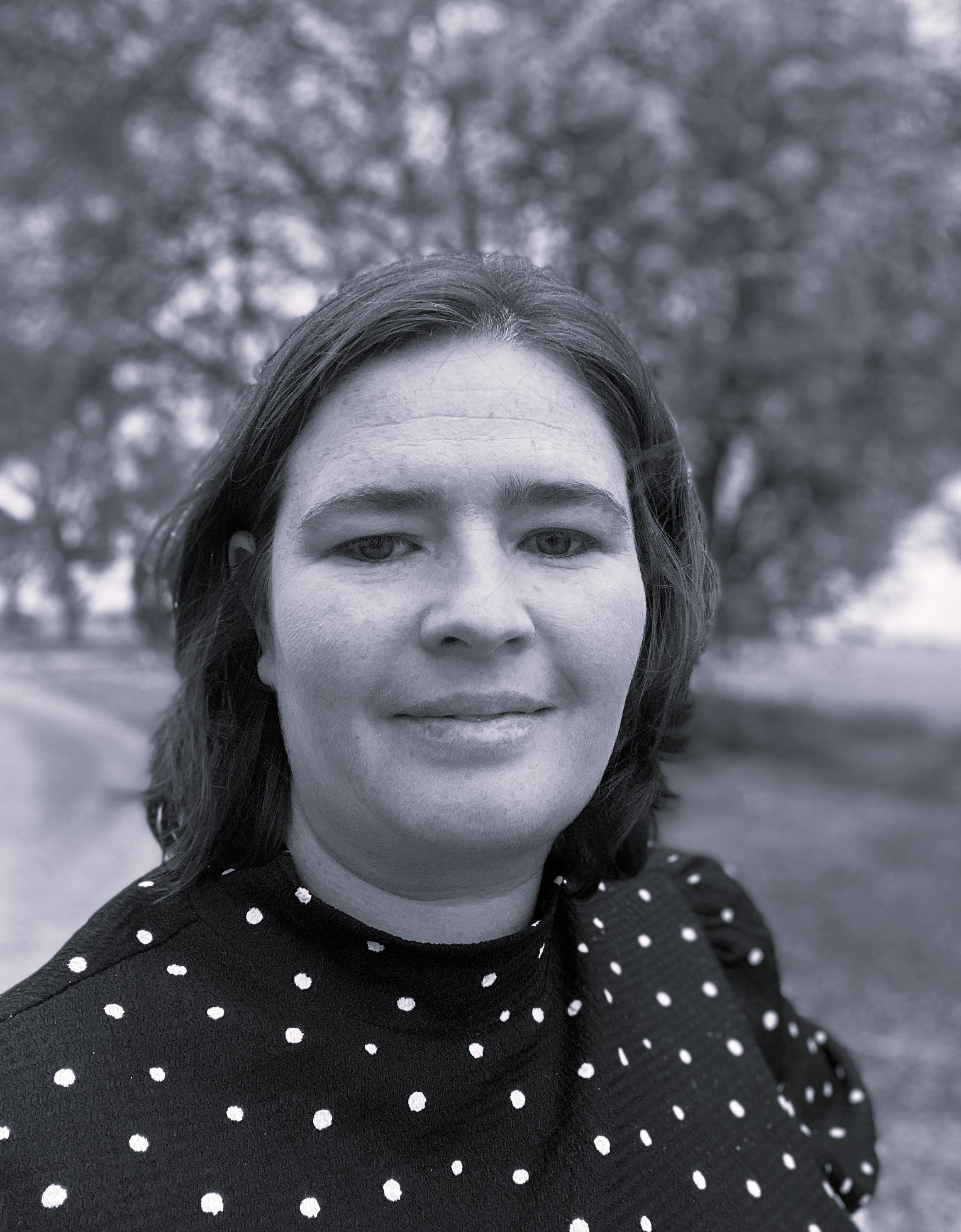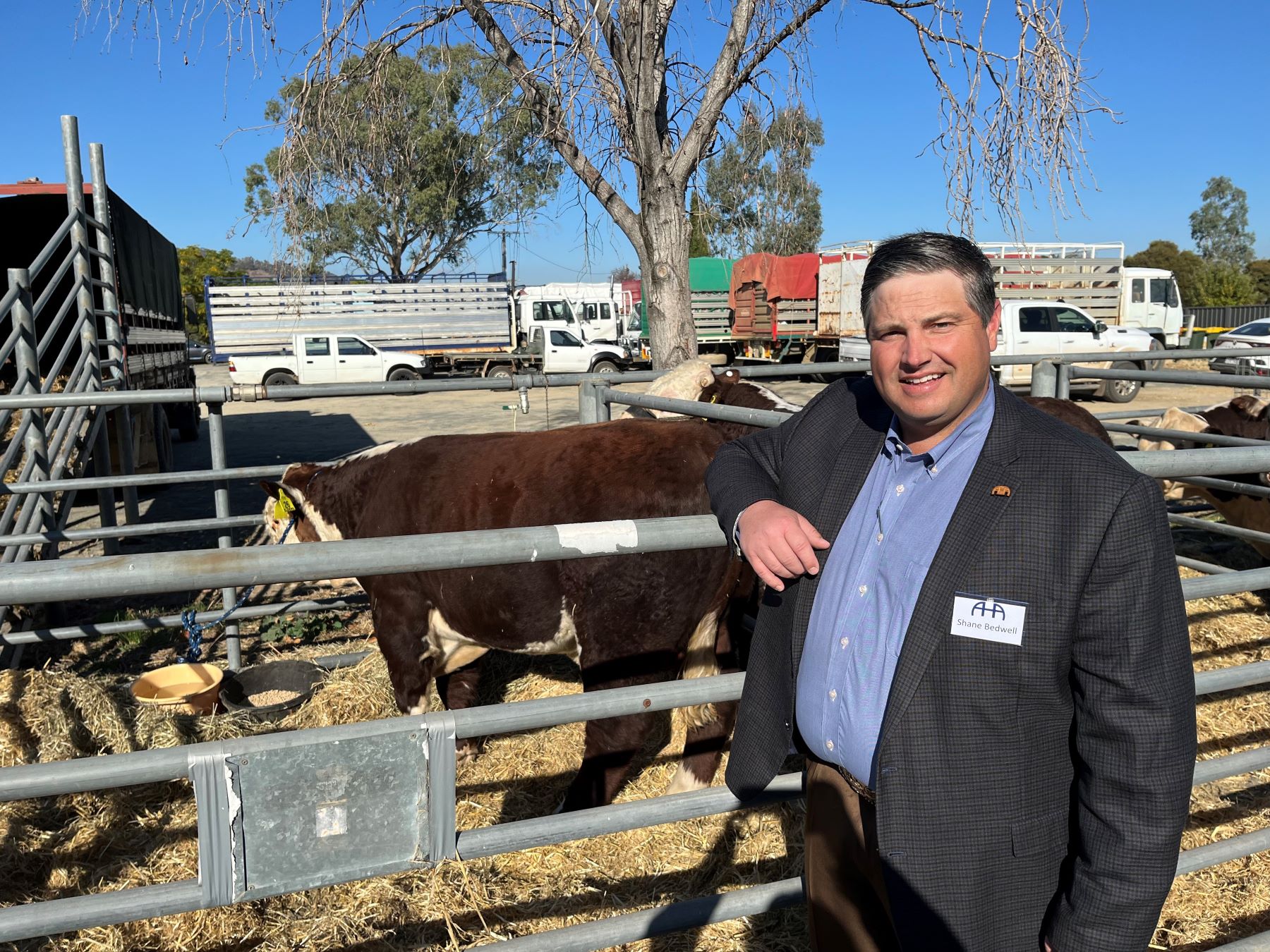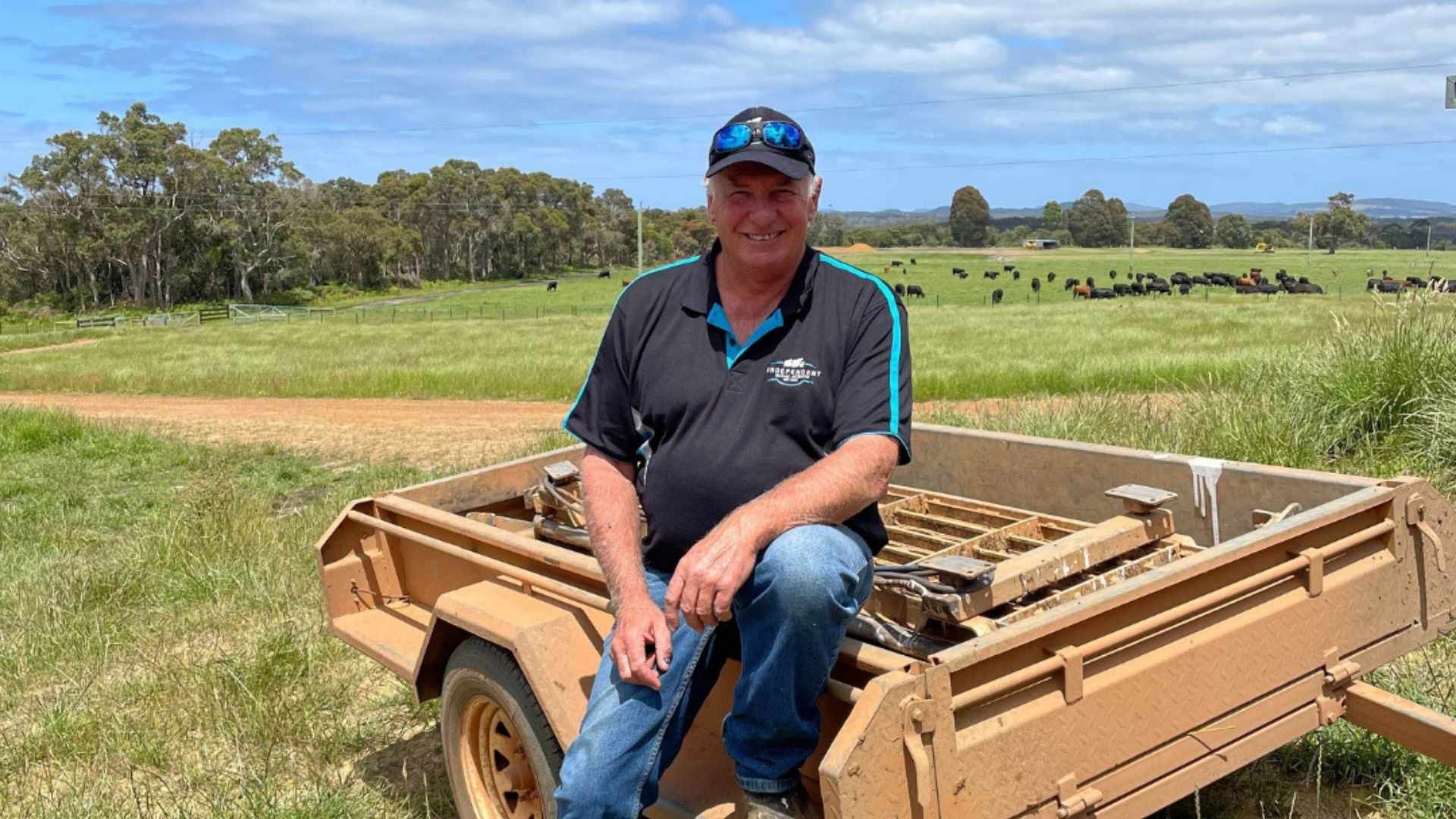LISTEN: How Prepared Families Outperform Everyone Else with Tim Lane of ProAgtive
Most families wait until something breaks to start succession conversations. High-performing families don’t.
3 min read
 Natasha Lobban
:
May, 15, 2024
Natasha Lobban
:
May, 15, 2024

US cattle farmer Shane Bedwell has been immersed in all things beef during his trip Down Under, including attending the Herefords Australia National Show and Sale at Wodonga.
Mr Bedwell, who is the American Hereford Association Chief Operating Officer, was taking part in a whirlwind two-week visit to Australia, his first to the country, that also took in Beef 2024 in Rockhampton and many farm visits.
Reflecting on his trip, Mr Bedwell noted the many similarities between the two countries and how they raised beef – and also the differences.
"What I've really enjoyed is how you folks use technology. How you're eager to progress with it and then how good you are not only in animal husbandry, but also in pasture management, and how you've used that technology to make better grazing systems. I've really enjoyed that aspect of learning what the producers are doing to better utilise the land,” he said.
He also noted that Australian beef producers raised more grass-fed beef, where the US preference was more often grain finishing.
“With the availability of corn in the US and other cereals, it's more efficient to finish them in a feedlot setting,” he said, indicating they were not chasing grass-fed beef like Australian consumers were.
Mr Bedwell was passionate about not just US cattle, but Herefords and their crosses in particular.
“The American Hereford Association would be the second largest beef breed association in the US,” he said.
“We would register somewhere around 80,000 head per year and we're an inventory based society, so we would have around 120,000 cows on inventory, and 80,000 of those are registered, so a good percentage of them are registered.
“We would make up a pretty good-sized share of the commercial cow herd.
“What's been the coveted cow for those commercial producers is the f1. The baldy female is regarded as the number one commercial female.
“If you work into our south where there's more of an indicus or Brahman base it's the tiger stripe female. They sell like hotcakes.”
As for hot topics in the US, recently issues in the trucking industry, in which long distance haulers have had their hours restricted, have been of concern.
“That's been frustrating for our producers out in the west and far-reaching areas where they've got to haul those cattle to the feedlots and transport feeder cattle,” he said.
“That's been something that's kind of been a mess, but we're working through that.”
He said gene editing, which is now legal in the US under strict regulations, was being talked about within the Hereford breed, but he wasn’t aware of anyone actually starting just yet.
"We do have policy at the association and steps that those producers can take, if they want to register a gene edited animal, and we're working through that. I think there's some great technology available. Given the type of edit that comes along that could really benefit the breed.
“There's some producers that are definitely considering it.”
Interestingly US ranchers are having similar issues with wolves as Australian producers are with changes to government policy on dingoes and wild dogs.
“The reintroduction of wolves by some different states has been frustrating,” Mr Bedwell said.
“They consider the wolf an endangered species. And that's, that's been really frustrating for producers.
“It's hard for producers to have somebody sitting behind a desk, tell them how they should be doing it. And there's obviously ways we can improve and make it better, but it's just hard some of the things that come out of our government sometimes that you just scratch your head.”
He raised similar concerns around the cattle industry being an “easy target” for its methane contribution and praised the work being done in this space at the Colorado State University, where the Ag Next operates and has been working with the AHA.
"I think we've got a great story to tell. We're producing more pounds of beef than we've ever produced in the US with the lowest number of cows on inventory ever. And so, that right there is sustainability. Right there is efficiency, and Herefords have a great story to tell in that regard.”
The US cattle market, which has been experiencing drought conditions, has been “tough”.
“It's up and down, and we should be in a rebuilding phase right now with the lowest cow herd that we've ever had on record,” he said.
“Some parts of the US are and some parts aren't, it’s weather dependent so I don't think there will be a rebuild here for least another two or three years.”
.png)
Most families wait until something breaks to start succession conversations. High-performing families don’t.

More than three decades ago, Col Thexton became the first Western Australian livestock agent to list cattle online through AuctionsPlus, then known...

As the year draws to a close, AuctionsPlus has recorded several standout results across a range of commodities through its interfaced sales. From...